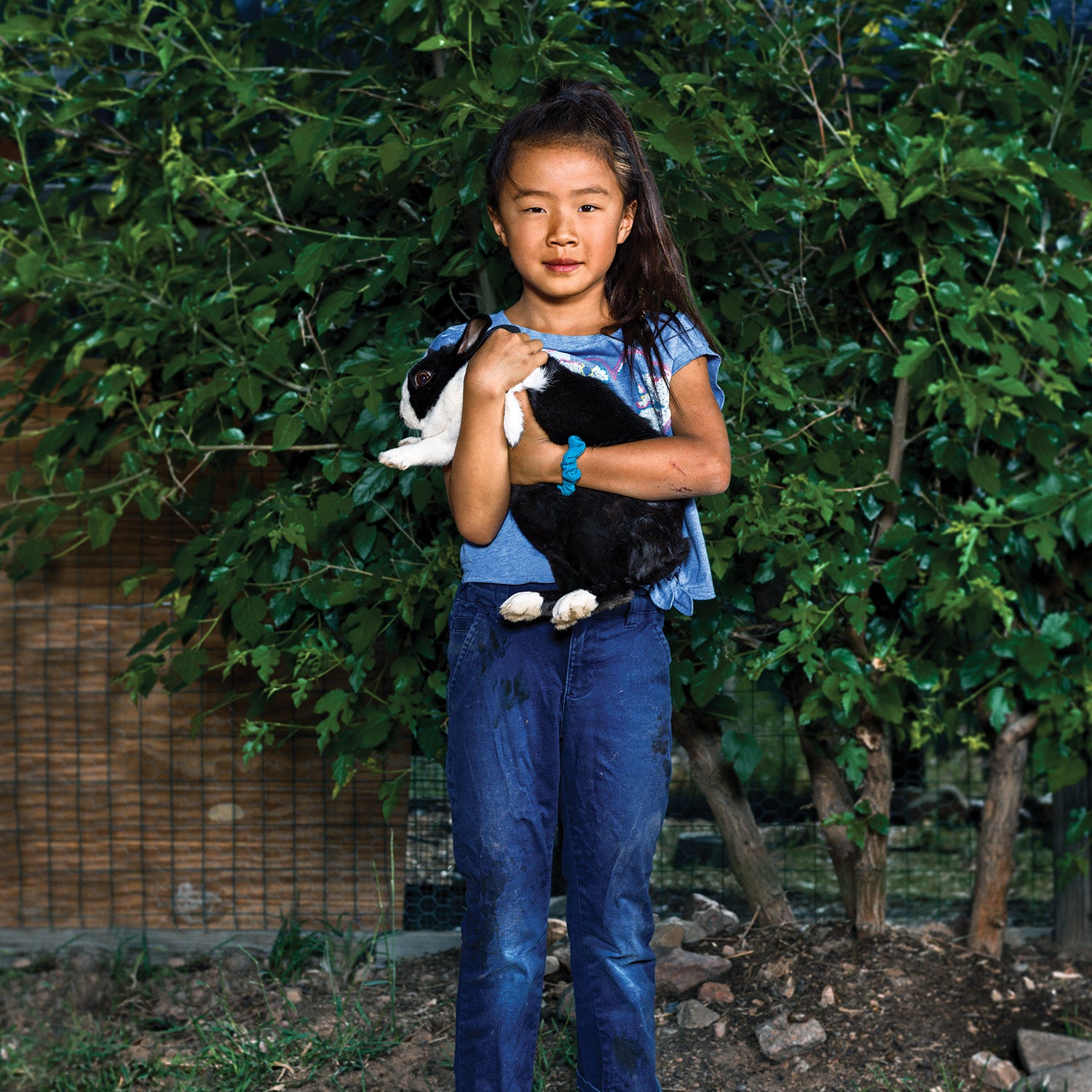One day a few years ago, Lisa Donahue’s then six-year-old son was lying next to the family’s retriever, Jack. The boy was stroking the dog’s fur. He said, matter-of-factly, “Mommy, I don’t have a heart anymore.”
His startled mother asked him what he meant.
He answered, “My heart is in Jack.”
This permeability of the heart (or soul or spirit or neurological connection—whatever we wish to call it) occurs naturally when we’re very young. Some people continue to experience it throughout life, though they may lack the words to describe it. They experience it with their companion animals and, if they have a chance, with wild animals. This essential connection with other creatures can be a fragile thing. It needs nourishment to survive.
In recent months, a wave of alarming research has suggested the emergence of what some health officials are calling an epidemic of loneliness. That may be an exaggeration (solitude does have its charms, and creativity often depends on it), but social isolation—a lack of meaningful interaction with others—is on the rise. The results of one study are particularly disturbing: by Cigna, the global insurance company, evaluated 20,000 U.S. adults on the UCLA Loneliness Scale, an academic measure of social isolation determined by a questionnaire. What it found was that, moving forward in age from the Greatest Generation to Generation Z, each age bracket feels progressively more isolated.
What does it say about the direction of society when the younger people are, the lonelier they feel? A study led by psychologist at San Diego State University found that U.S. adolescents who spend more time in front of screens and less time in face-to-face socializing are more vulnerable to depression and suicide.
In my own reporting, I’ve found that overscheduling, economic insecurity, fear of strangers, and bad urban design may also play a role in separating us from one another. Not coincidentally, these are some of the same barriers that keep us removed from the natural world, at a younger and younger age. In addition to our social separation, I believe we suffer from species loneliness—a desperate hunger for connection with other life, a gnawing fear that we are alone in the universe. Humans, in fact, are more alone than we’ve ever been. We comprise 0.01 percent of all life on earth, yet we have destroyed 83 percent of wild mammals. Though bacteria and fungi are doing just fine, we’re unlikely to take comfort in their company.
Sure, many of us live with dogs and cats. But to assume that pets alone can fill the void is like saying that the only human contact we need is within our own nuclear family—that we just don’t need our uncles, cousins, friends, and neighbors. A nuclear family (even one that includes a dog) cut off from other social contact is more vulnerable to alcoholism, depression, and abuse. The same is true for the larger human family.
In an ideal world, deep animal connection would be taught and experienced in the course of family life or through public schools, places of worship, and nature centers. John Peden, a quiet, down-to-earth professor at Georgia Southern University’s College of Behavioral and Social Sciences, shepherds groups of college students into the wilderness. Often they return humbled, more open to awe and wonder, and feeling less alone. Like many of us, Peden believes that all young people deserve a relationship with what the author Henry Beston called the “other nations, … fellow prisoners of the splendour and travail of the earth.”
Jon Young, author of the 2012 book , agrees. He teaches bird language and nature connection around the world. Students often tell him that when they use the skills they have learned from bird language with their spouses and children, their home life improves.
Young also notes the importance of what he calls the initiatory moment, when a student’s sensory understanding of animal communication snaps into place. He likens this to the sudden flash of awareness that an artist feels at the outset of creation.
John Peden recalls his own initiatory moment, the first time he recognized sentience in another animal. He was 12 years old, hiking with his father to a lake in Yellowstone National Park. They passed a rockslide, and Peden lifted his camera to take a photo of a pika, a high-altitude mammal that looks like a cross between a rabbit and a guinea pig. As he clicked the shutter, he noticed movement out of the corner of his eye.
There, stepping into his field of vision, was a bull elk.
The elk stopped and looked at the boy. Two more bulls, then a group of cows and calves, stepped out of the forest. “The first bull elk seemed to be thinking about what he would do,” Peden recalls. “After the elk watched us for a while, they began to relax.” Either they thought as a group, or one of the elk sent an invisible signal. The elk moved forward and split into two groups. The females with calves went below Peden and his father, while the three bulls, majestic and powerful, moved along the rim above.
“I realized that these animals were thinking and making decisions in much the same way that people do,” Peden says. “It was clear that the elk were intentionally moving in two streams around us. They came together and disappeared into the forest. The sun was going down, the sky was a vivid red-orange. My father and I were surrounded by this herd of elk, and then they passed.”
For Peden, this was more than a learning moment, more than an intellectual acknowledgment of the intelligence of another creature. It was a doorway into another world.
Richard Louv () is a cofounder of the and the author of .


